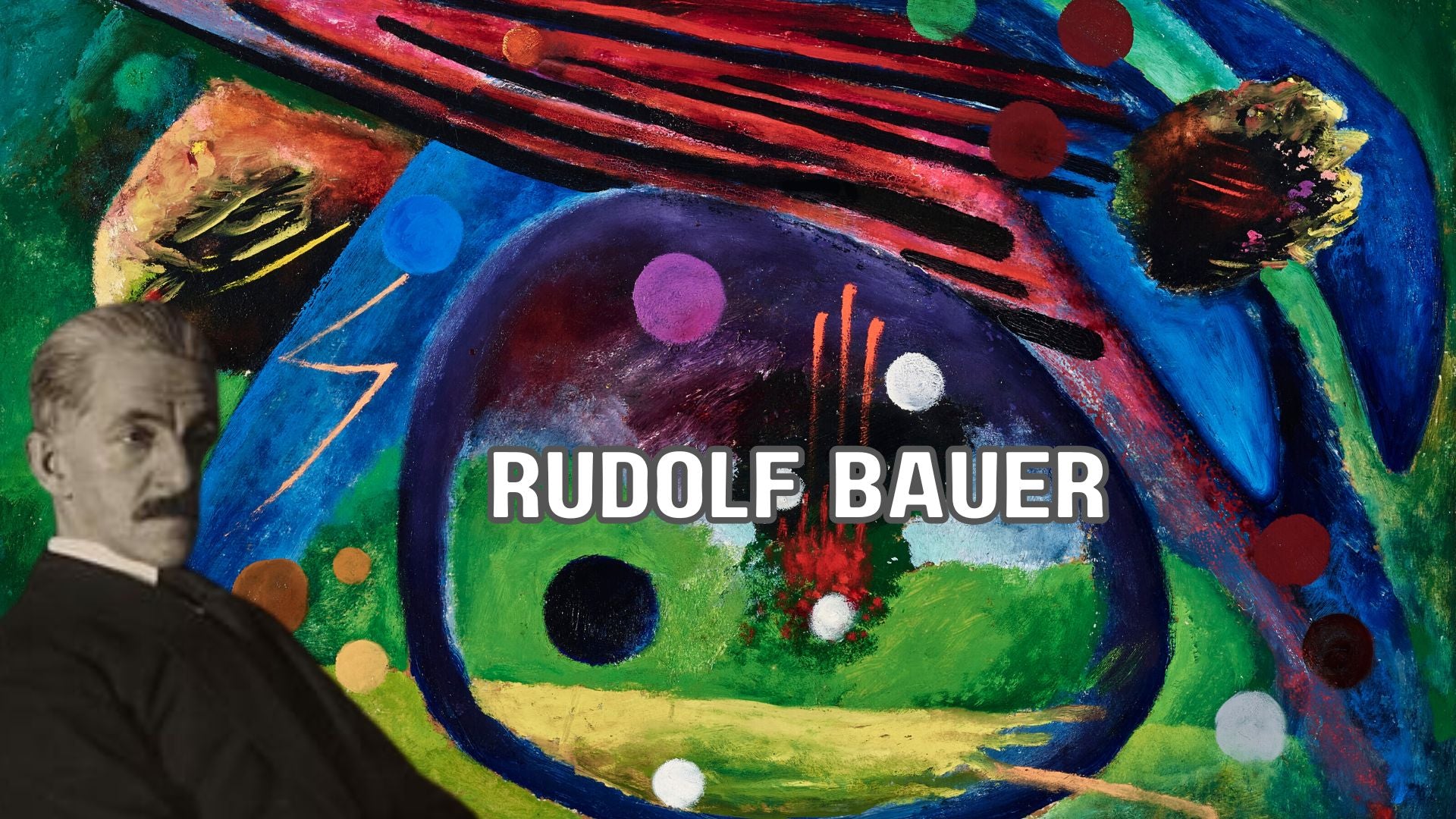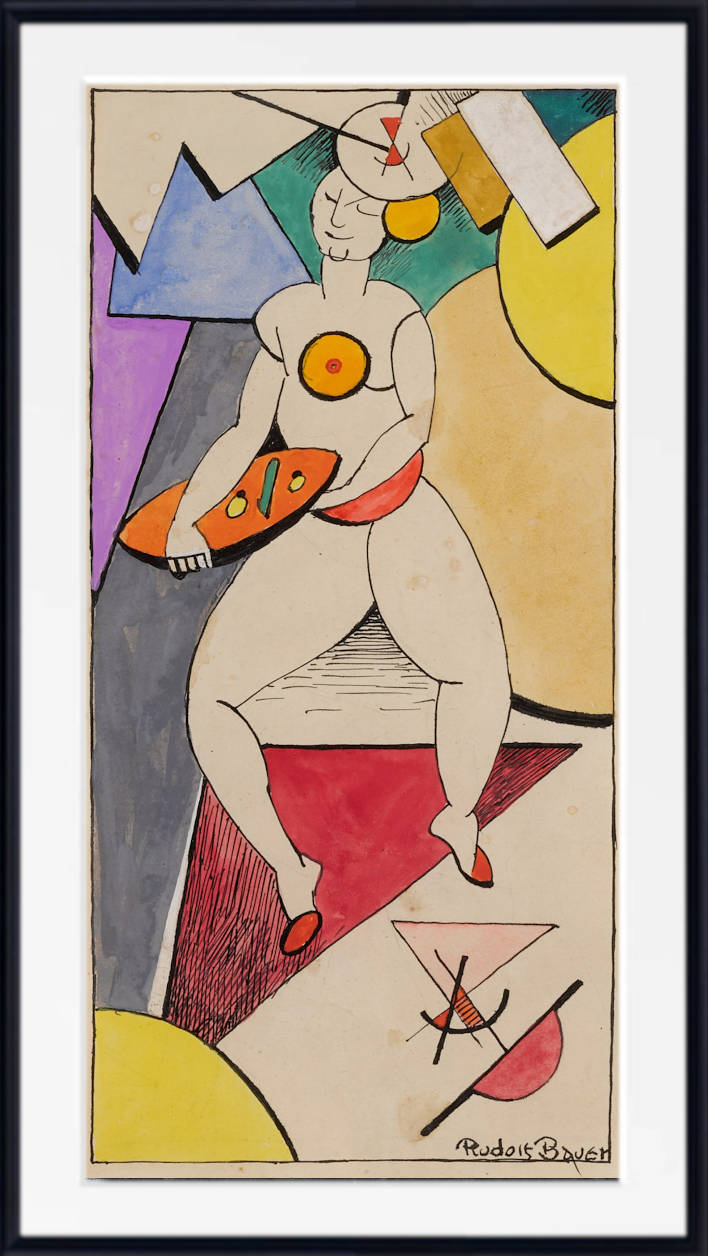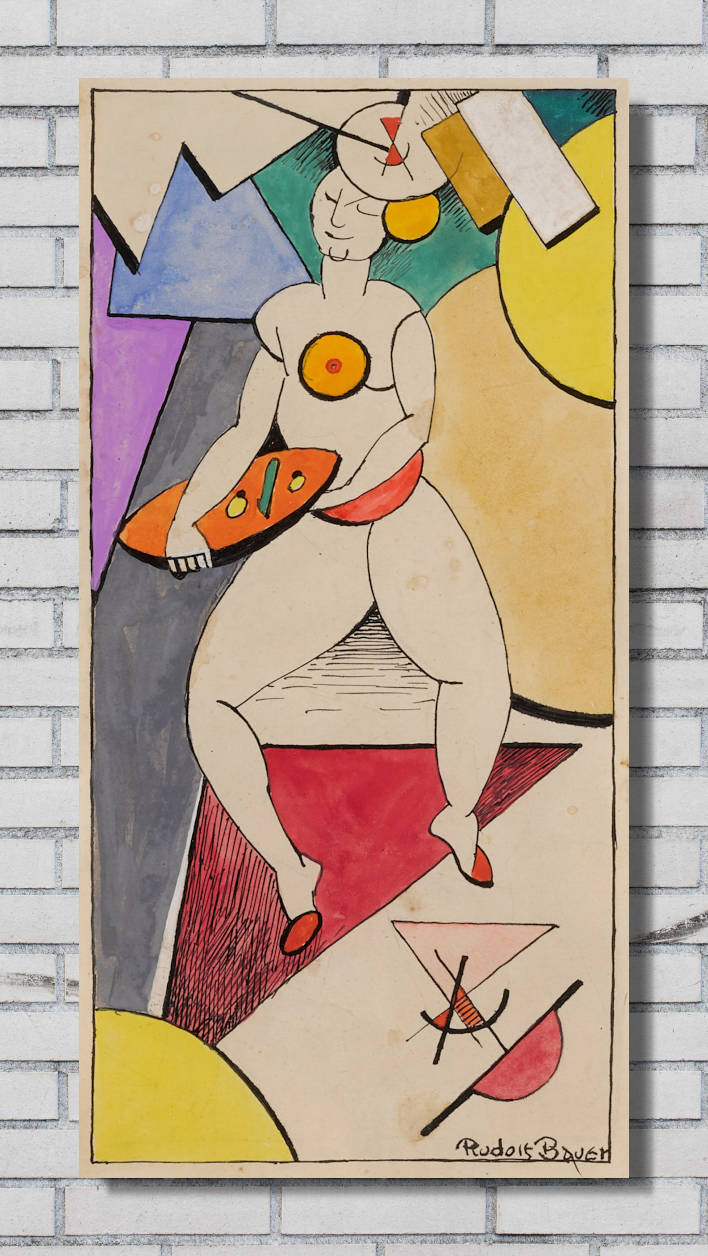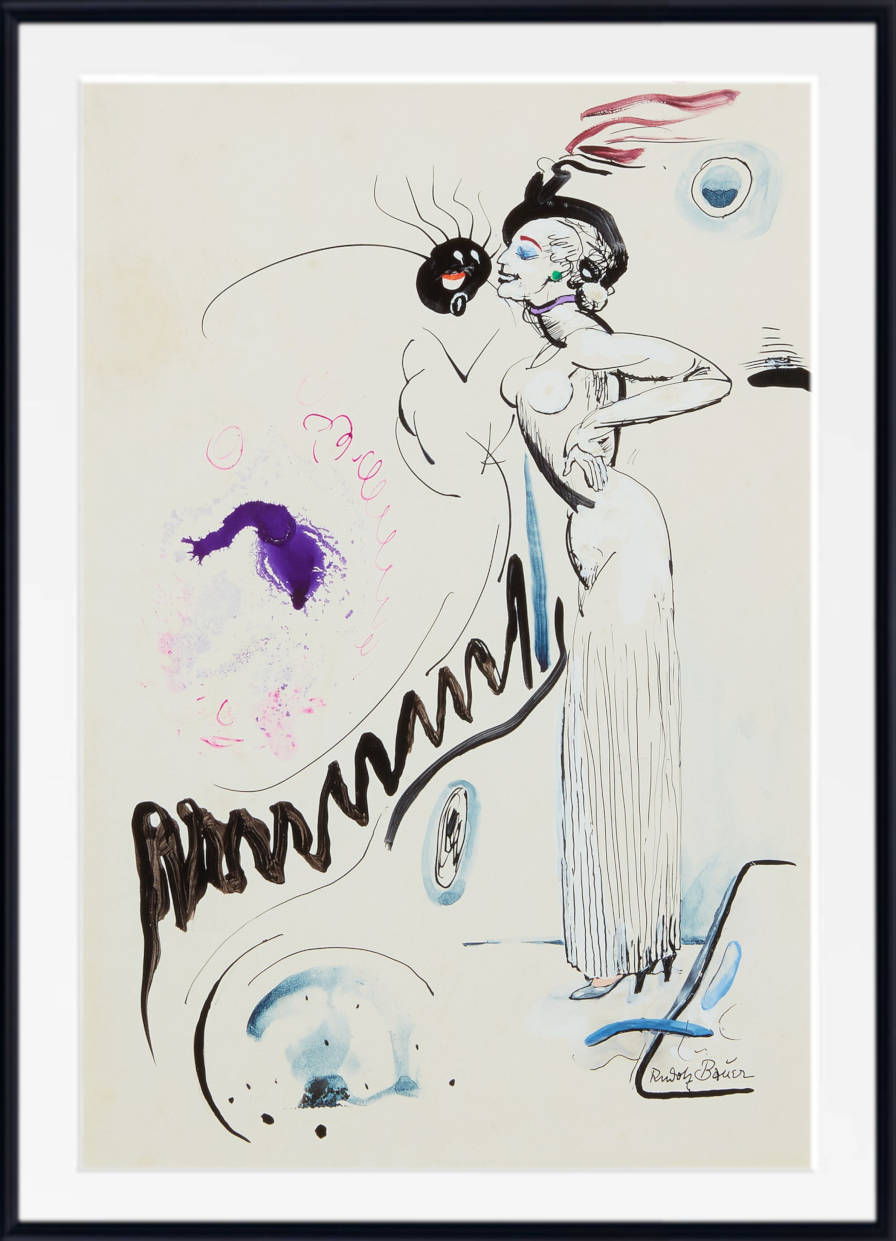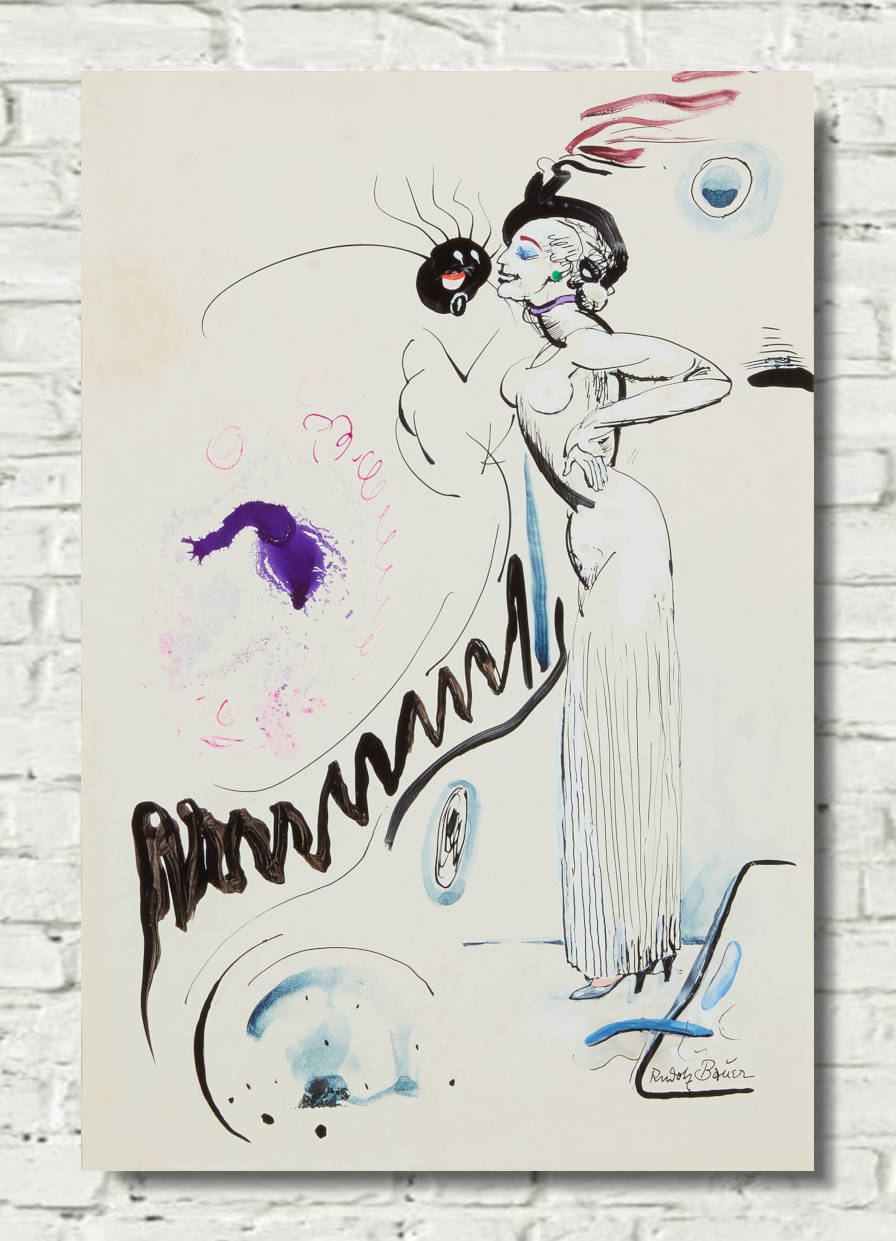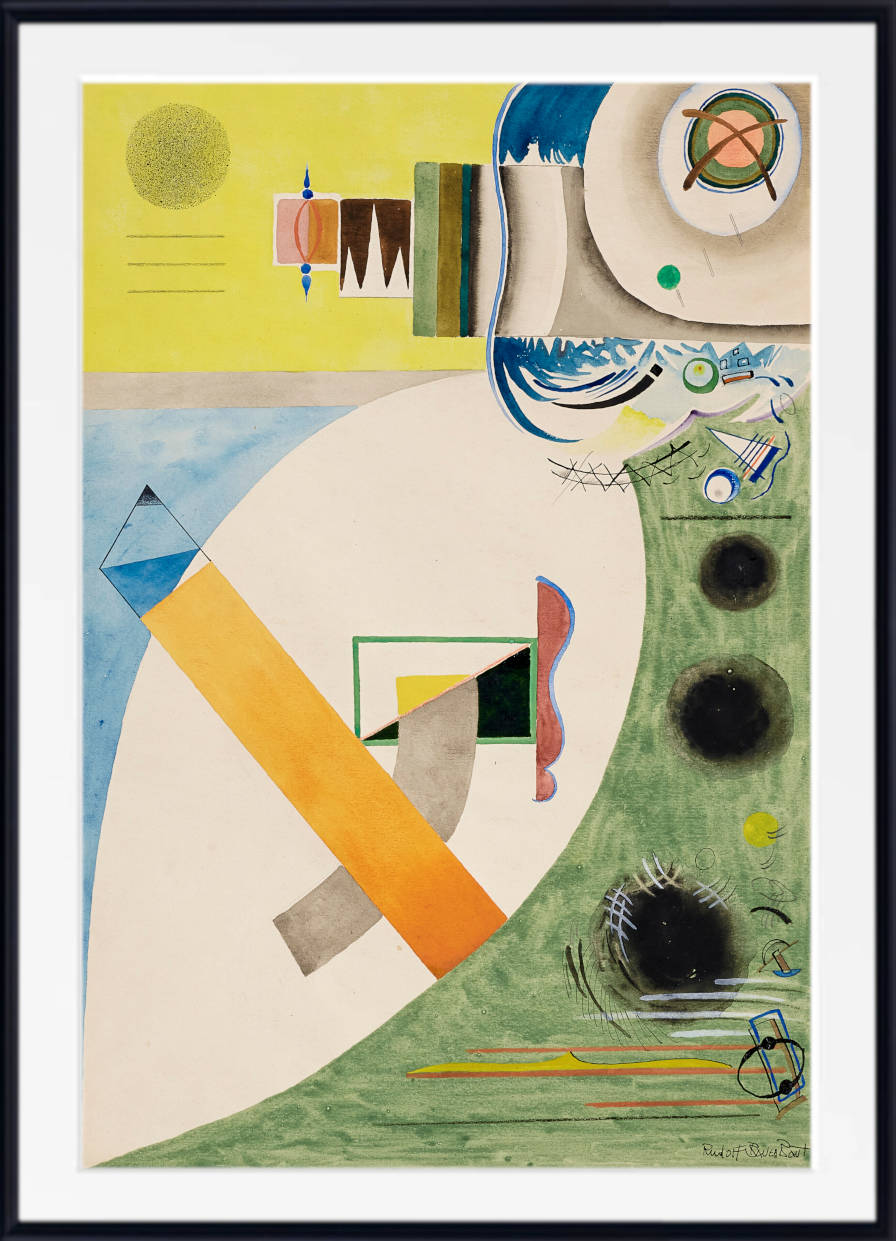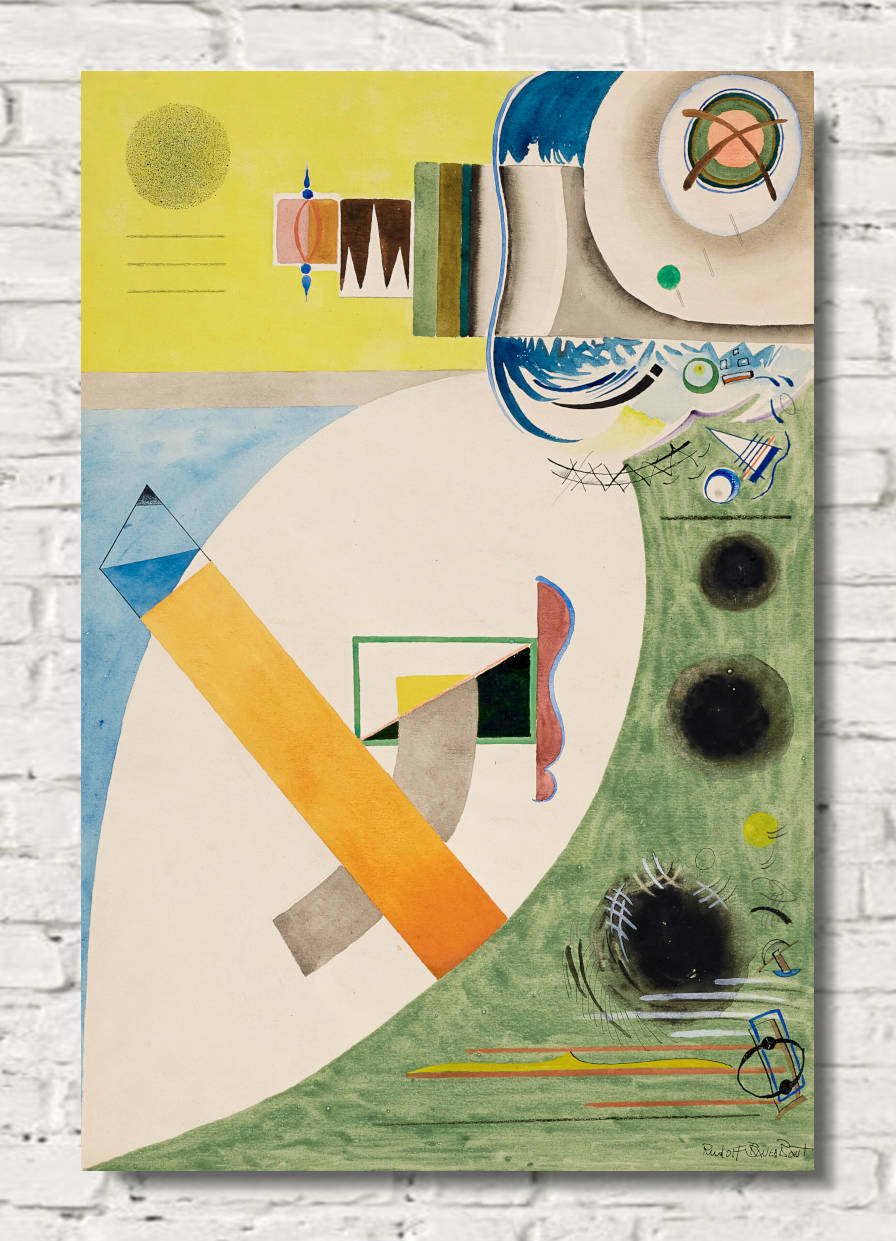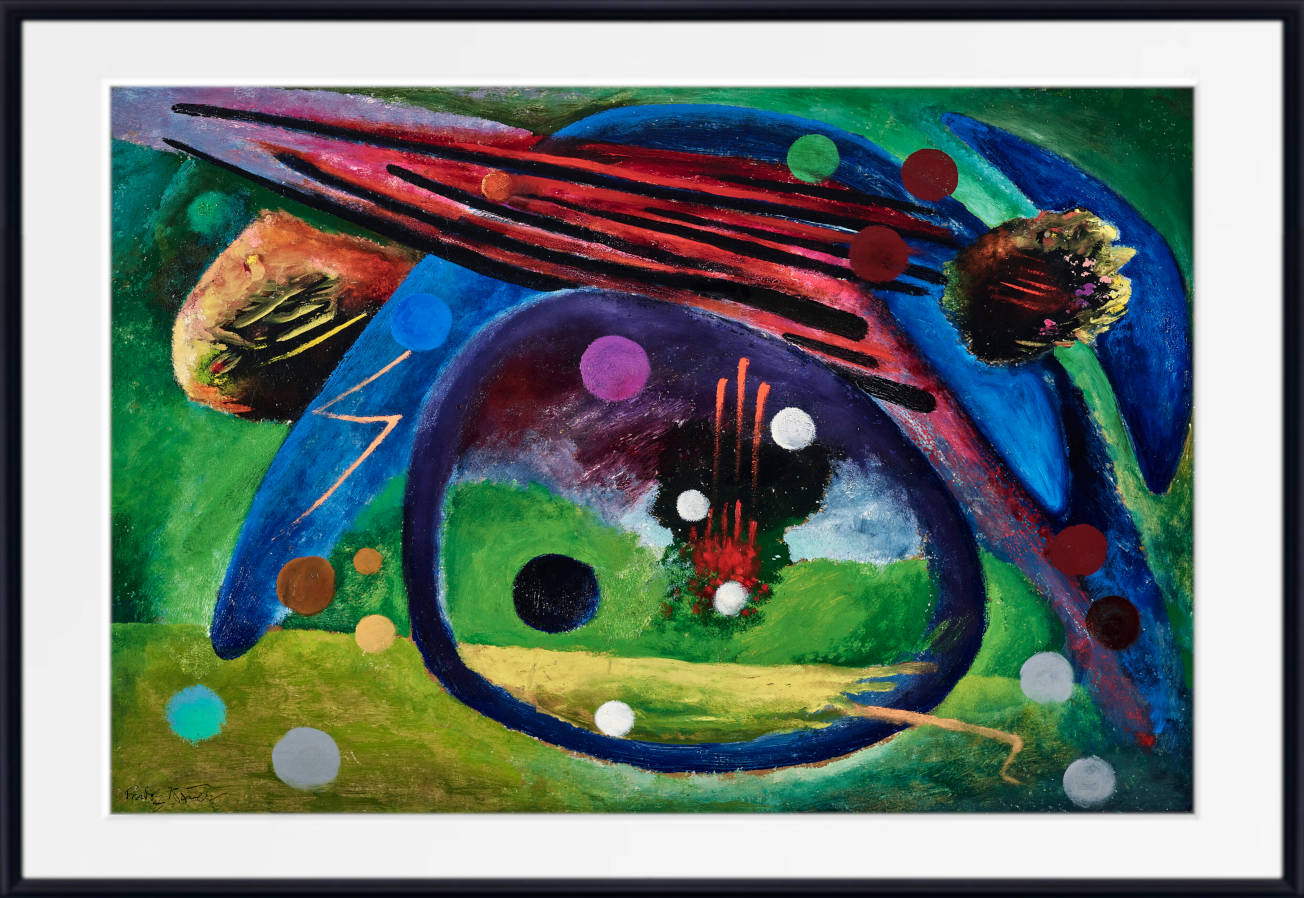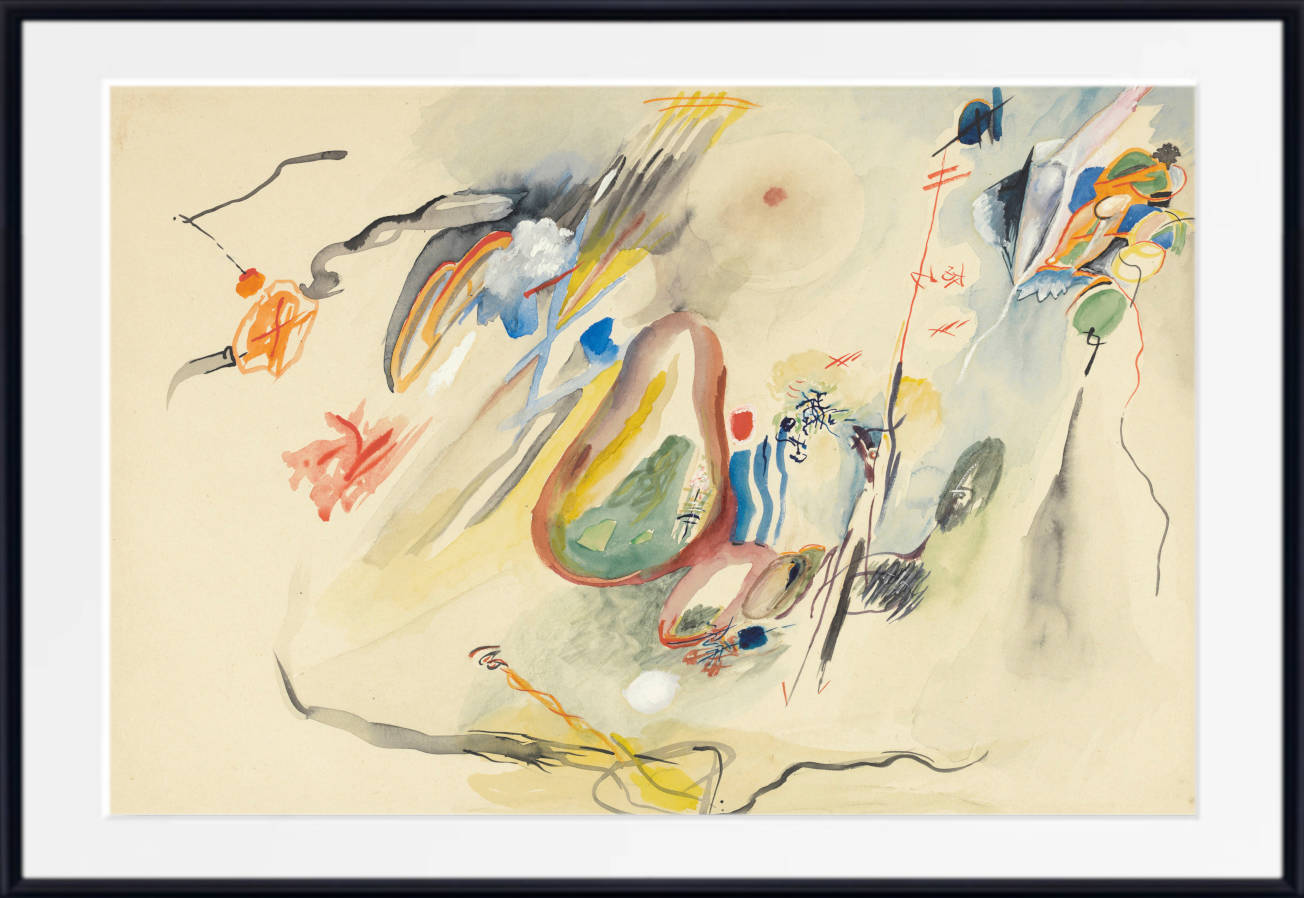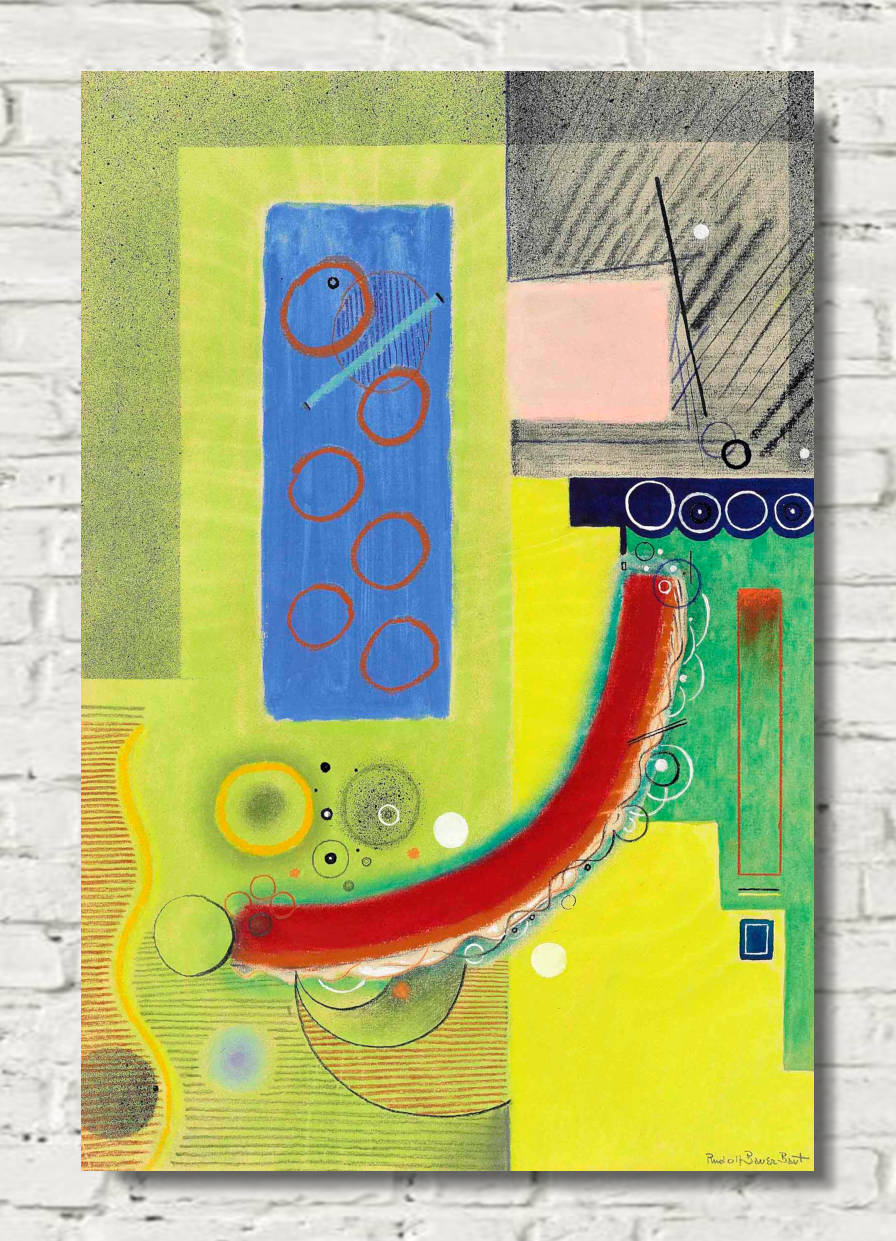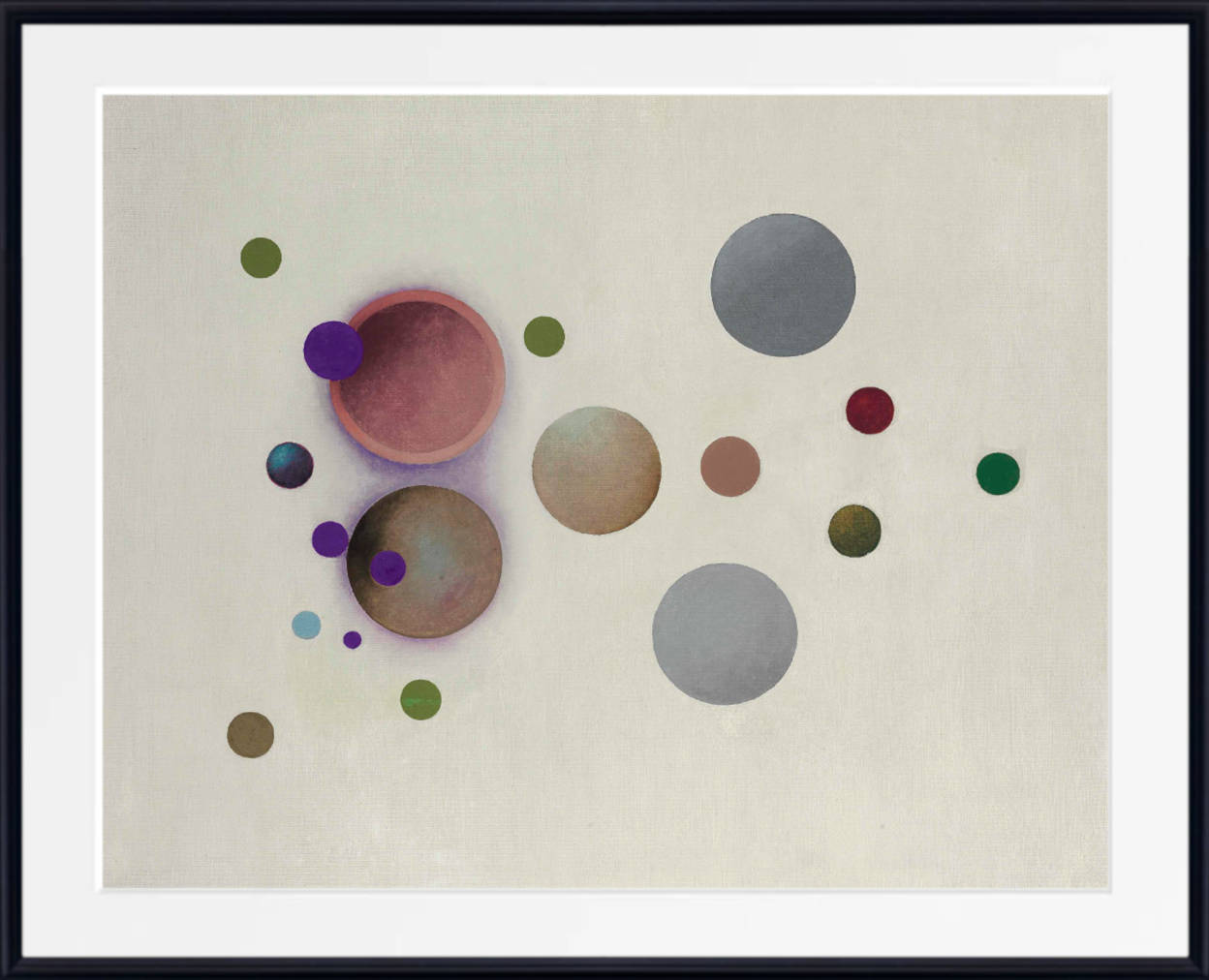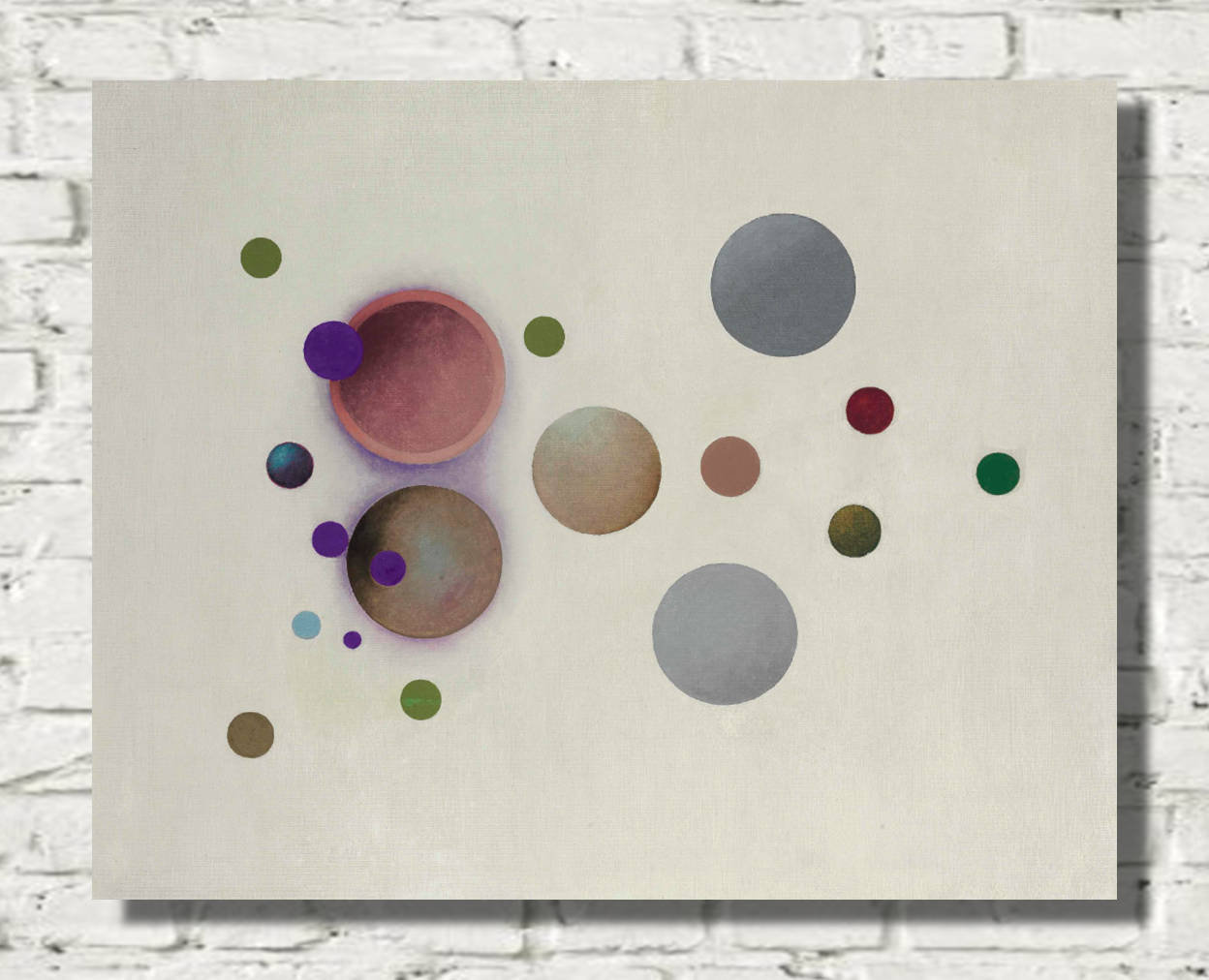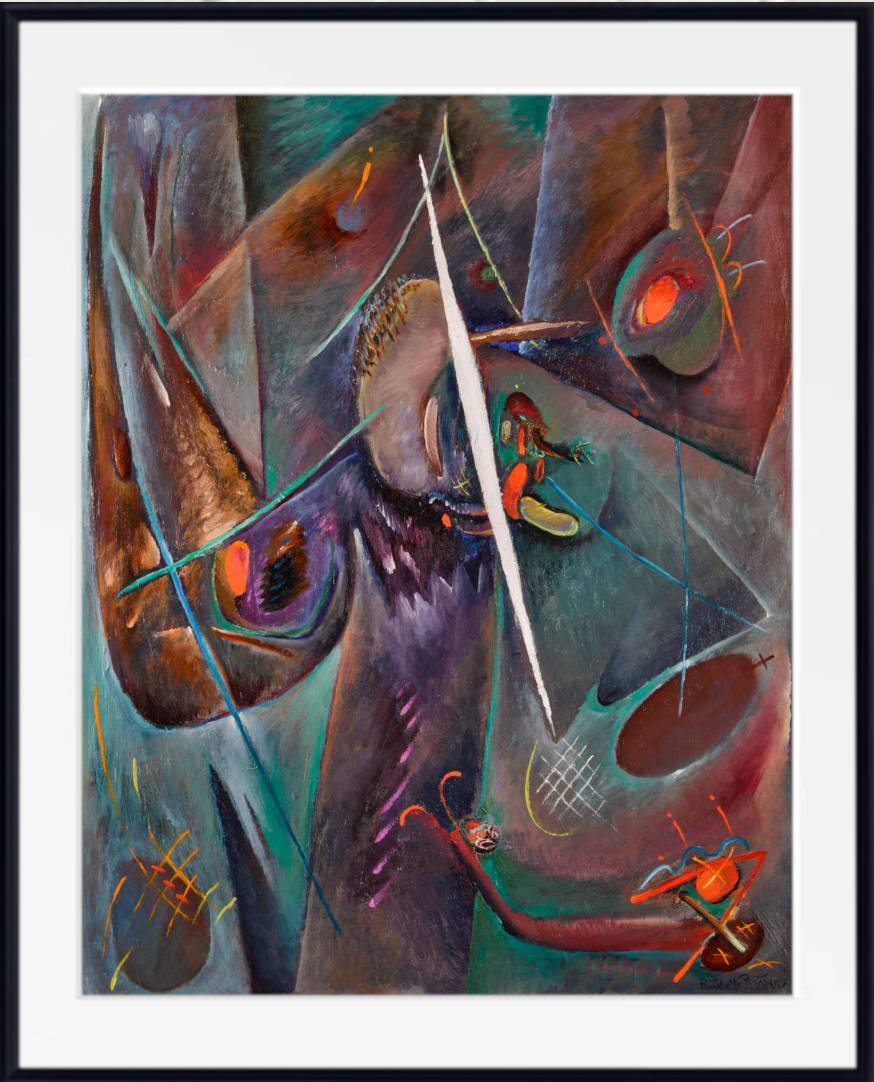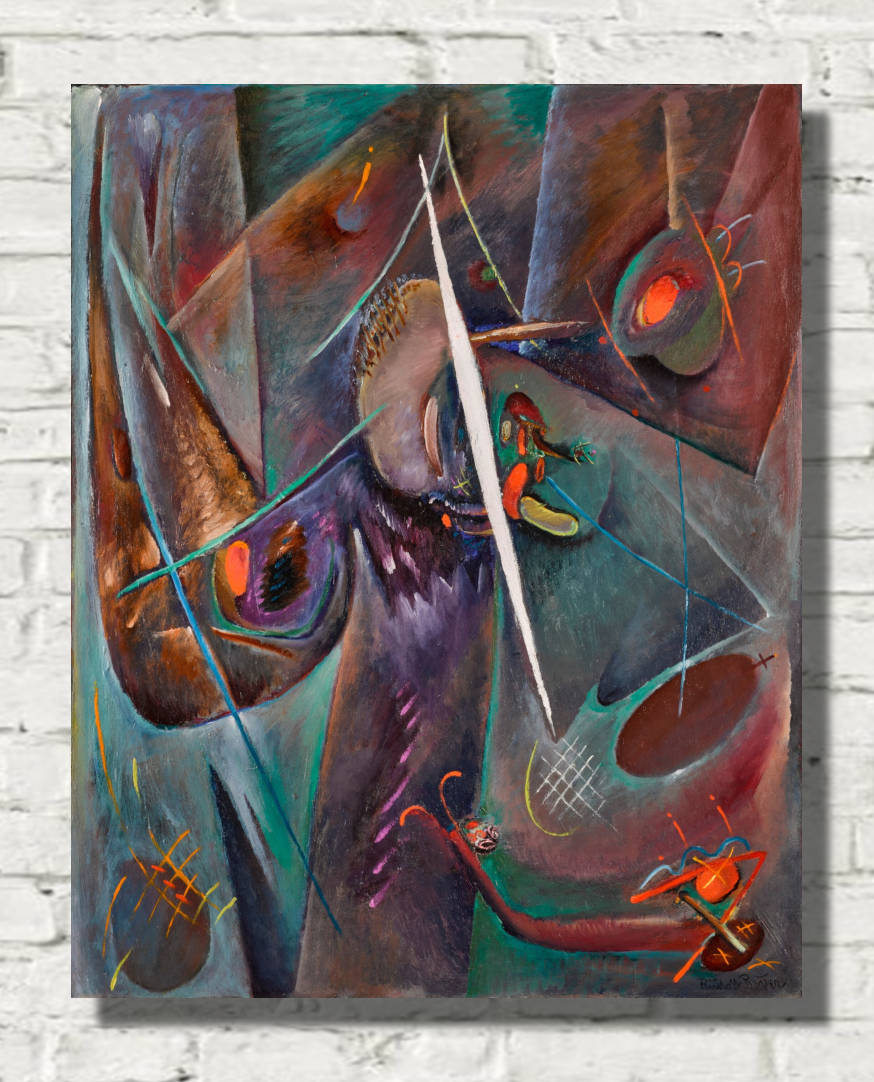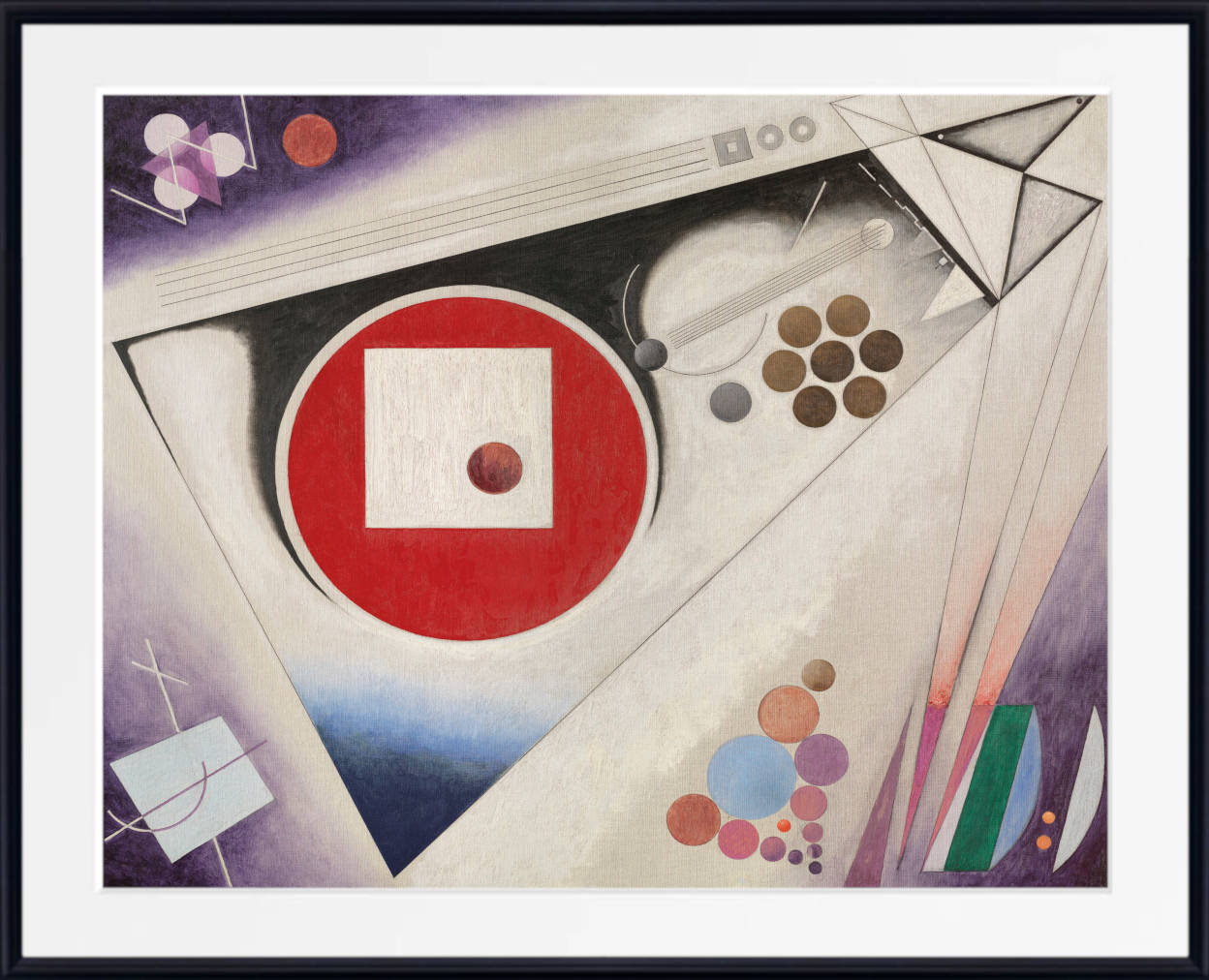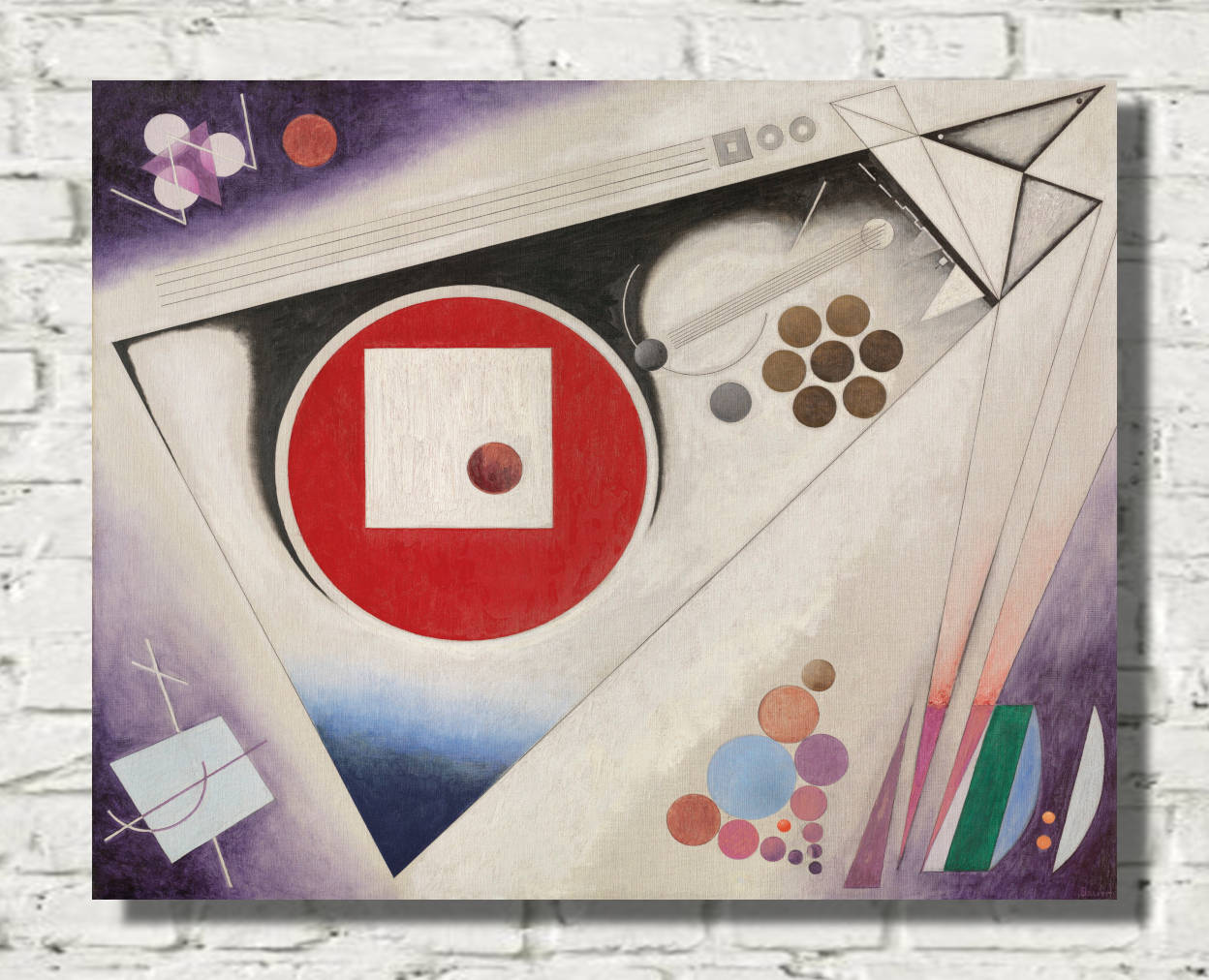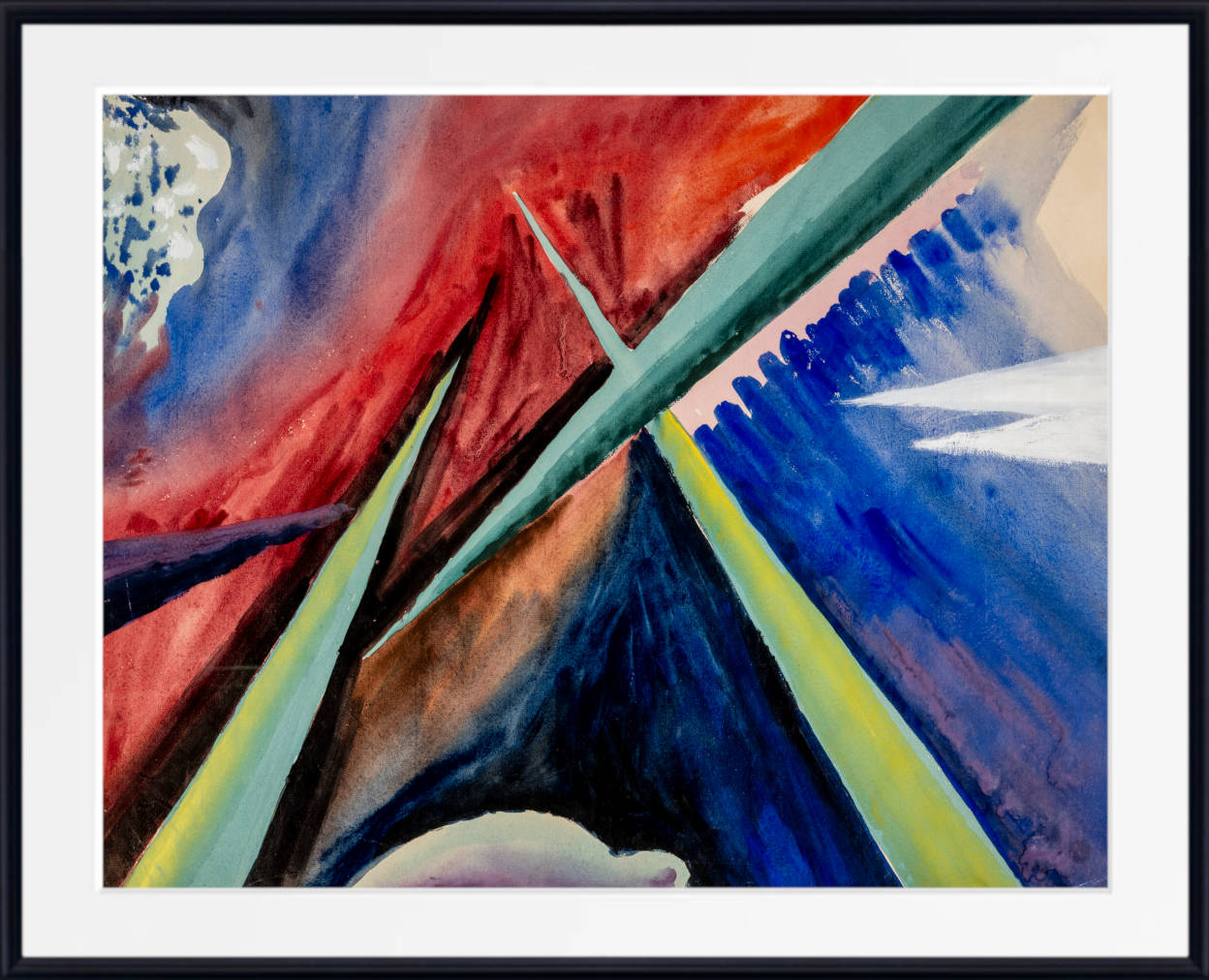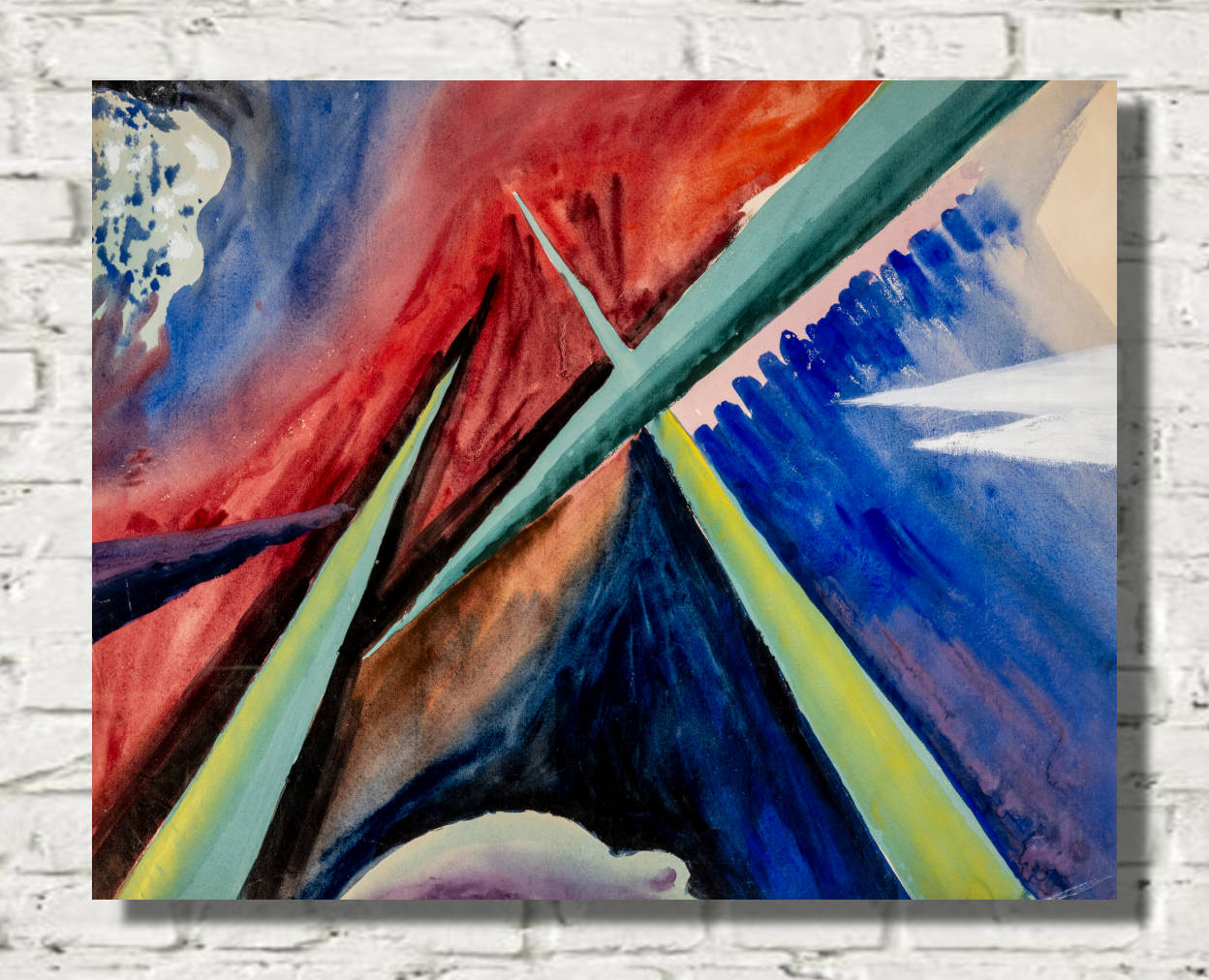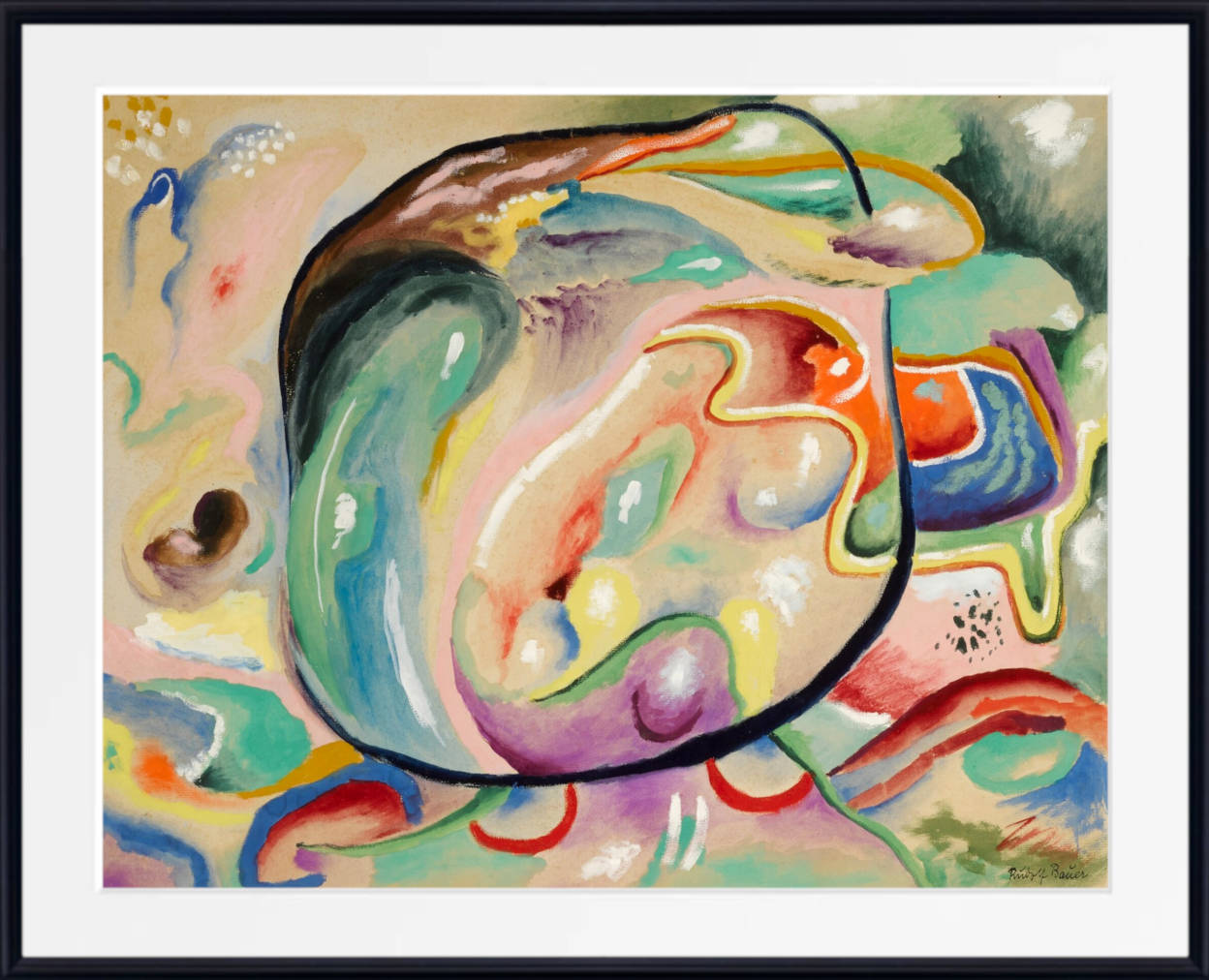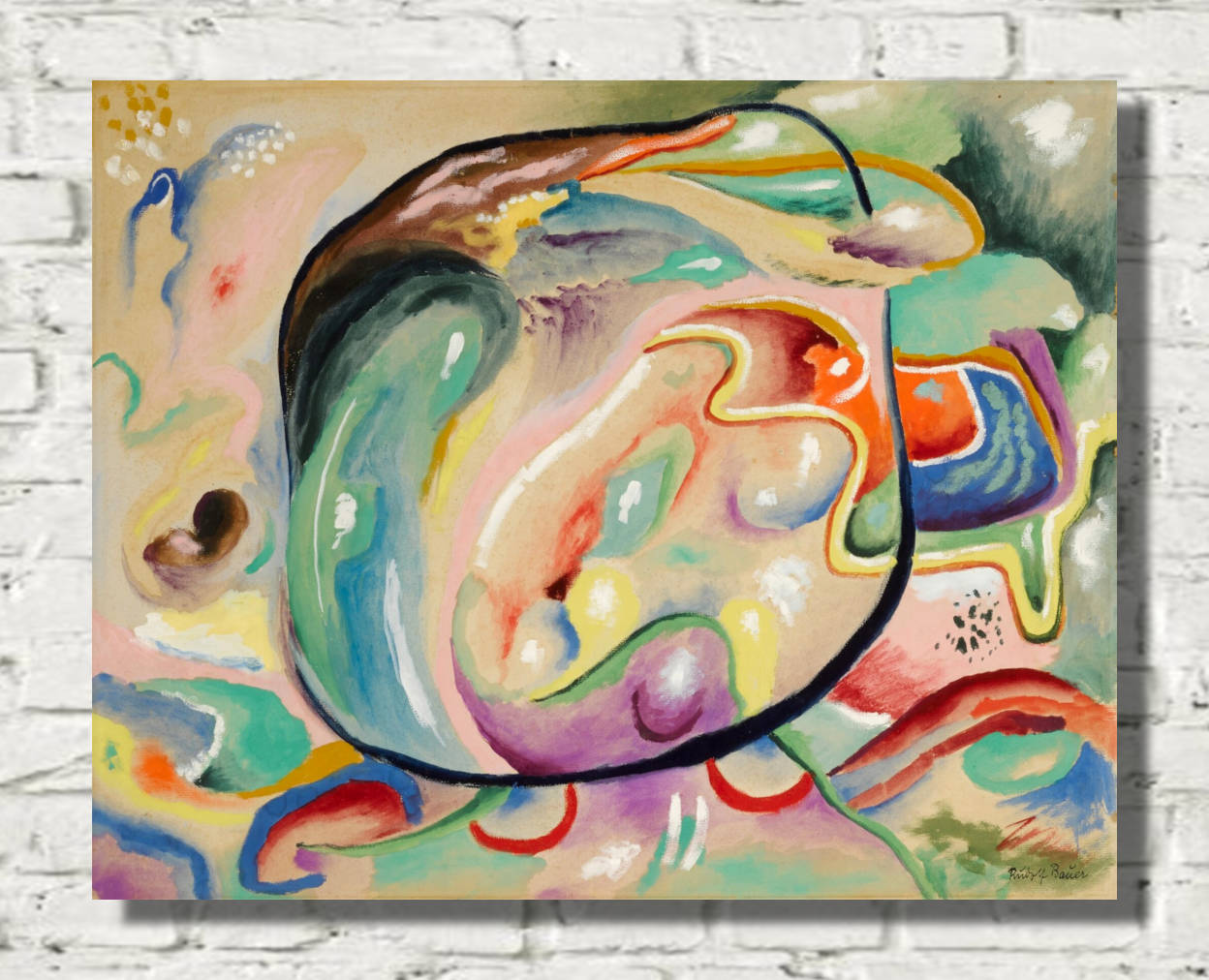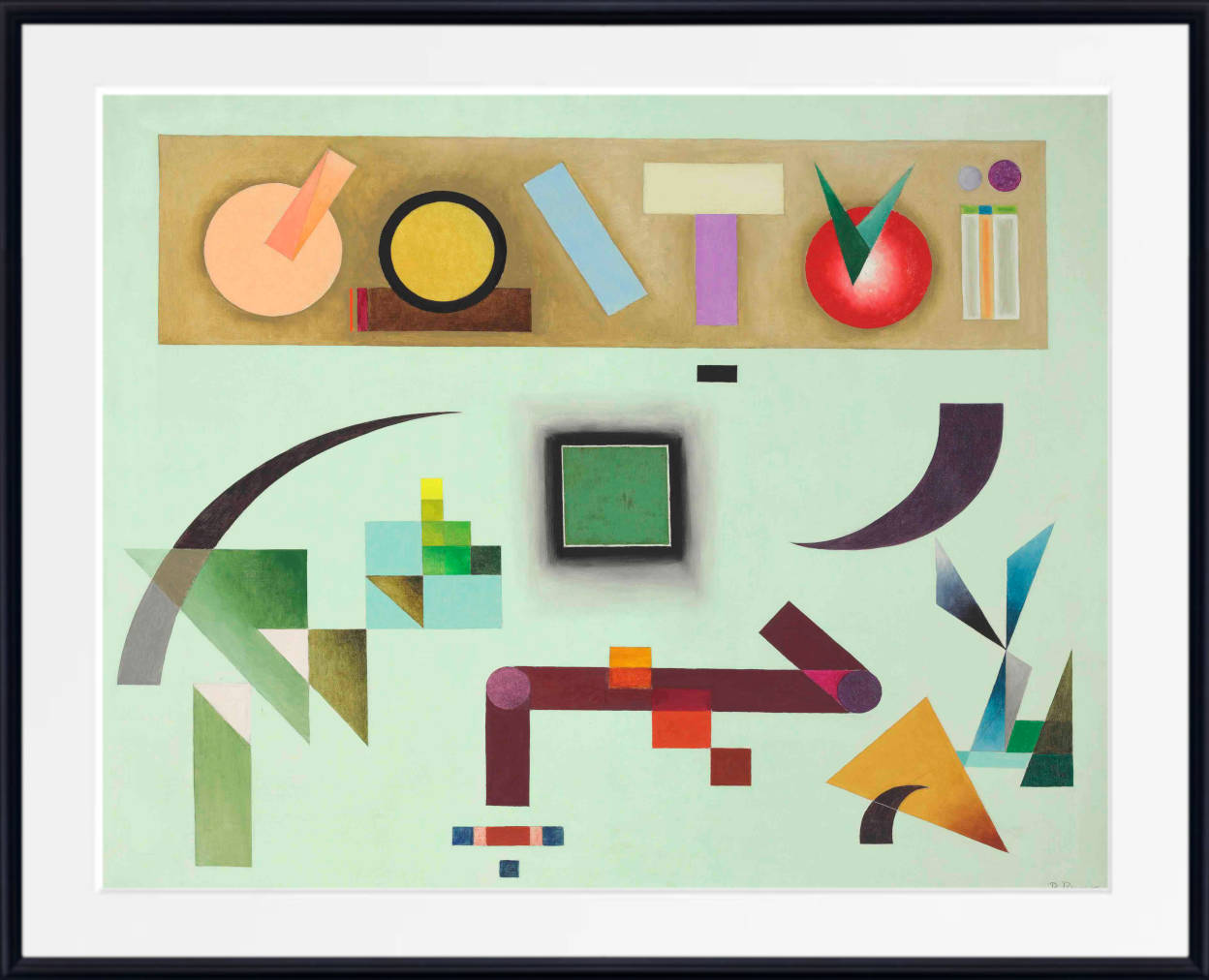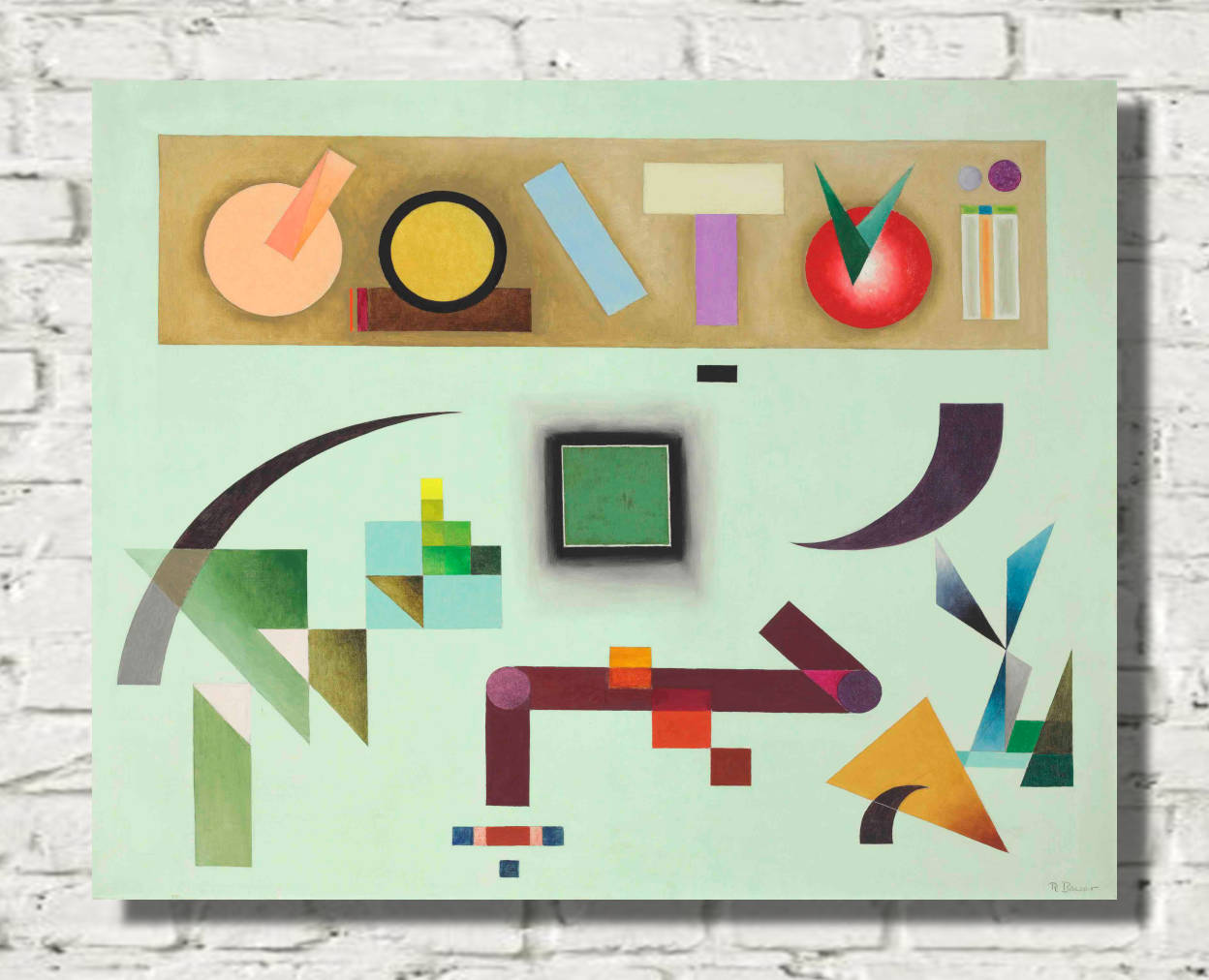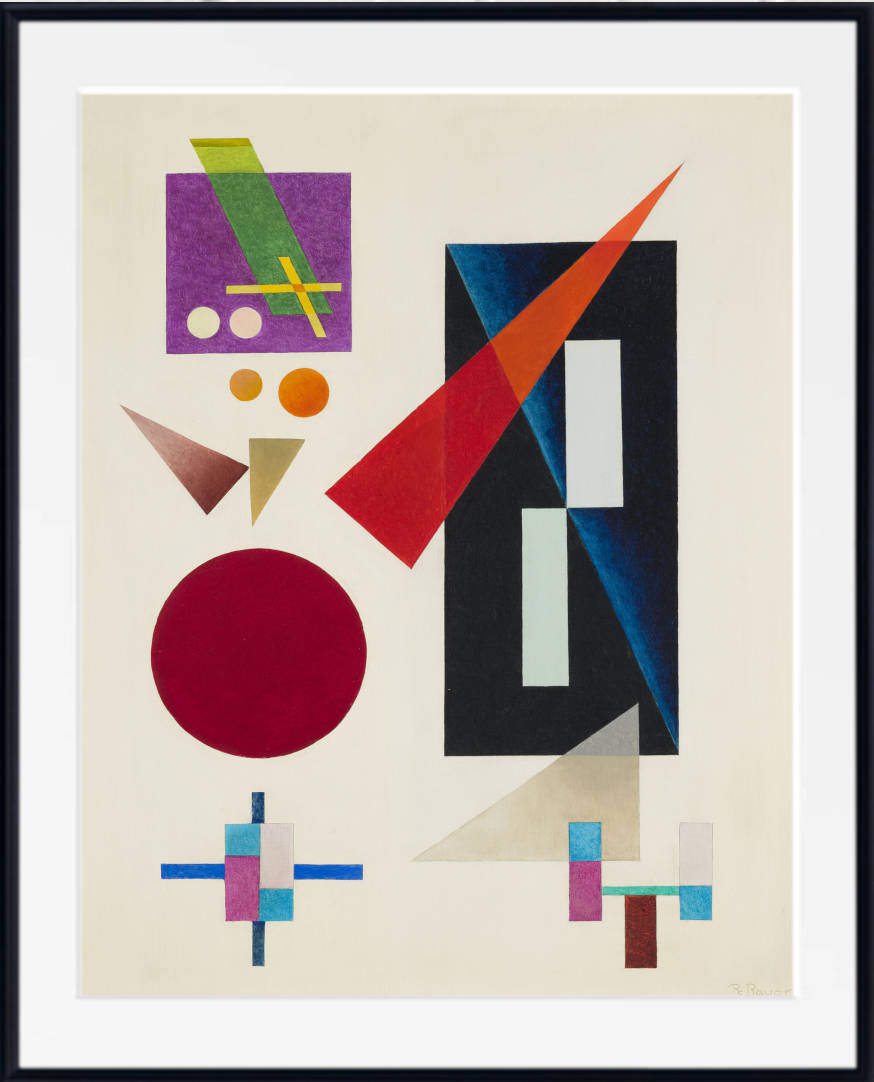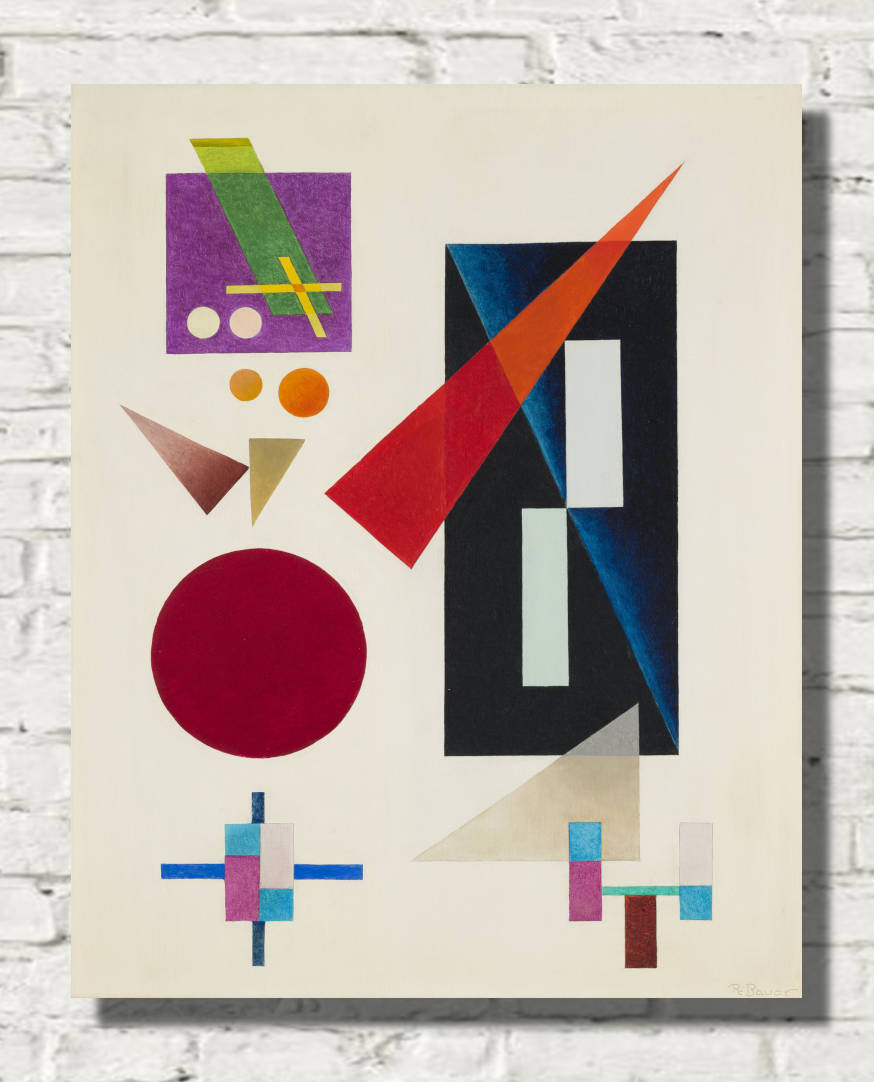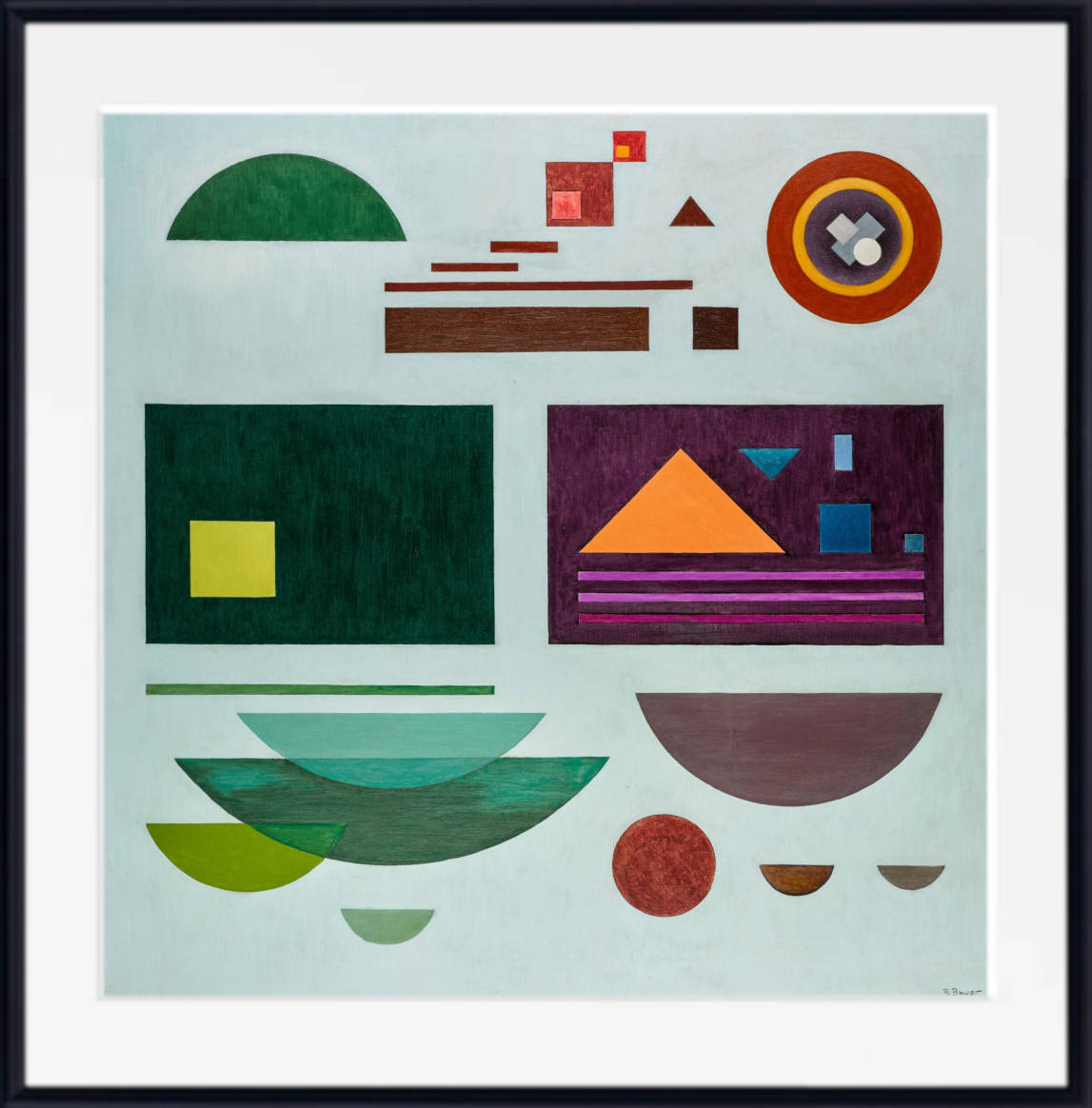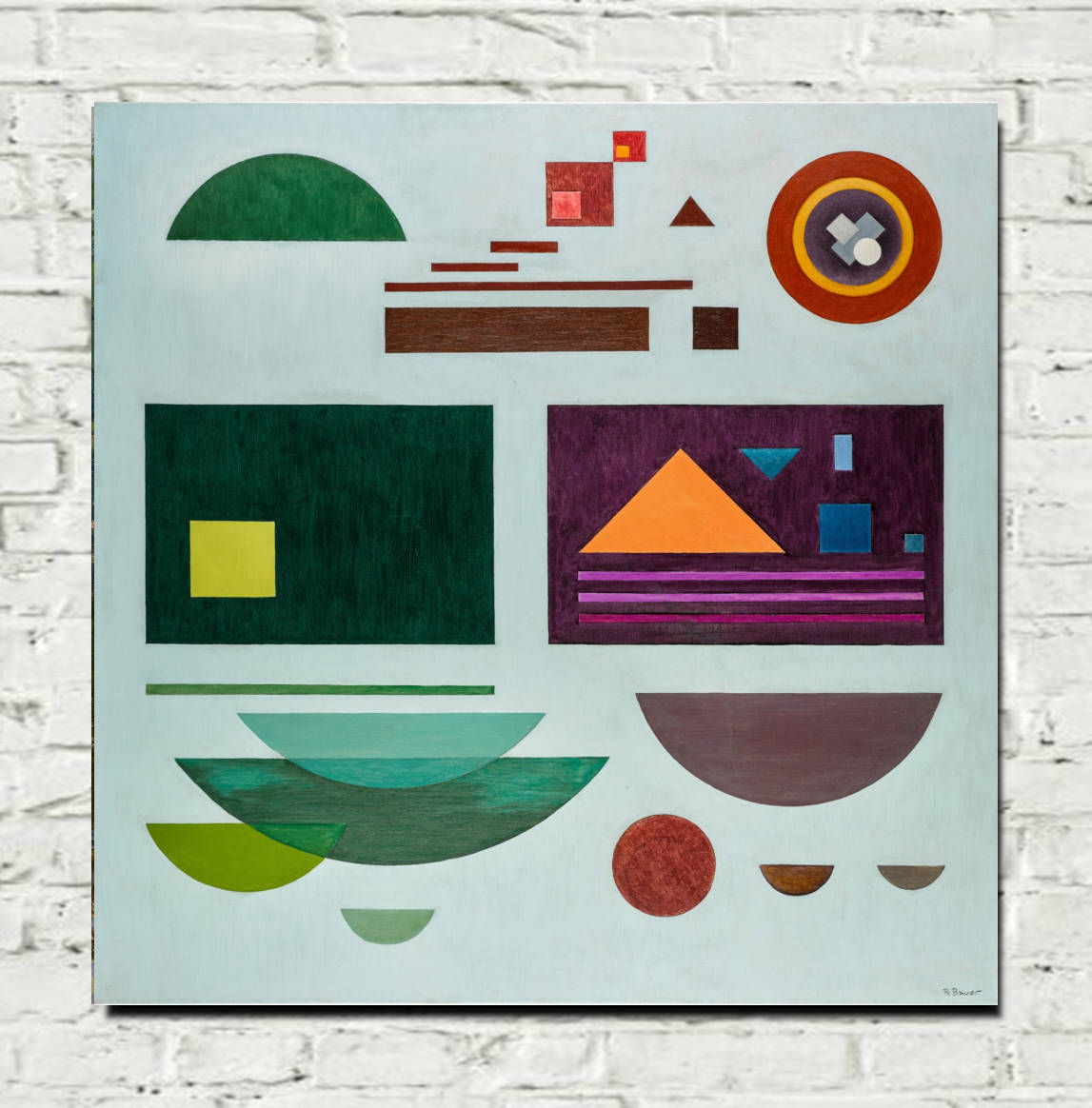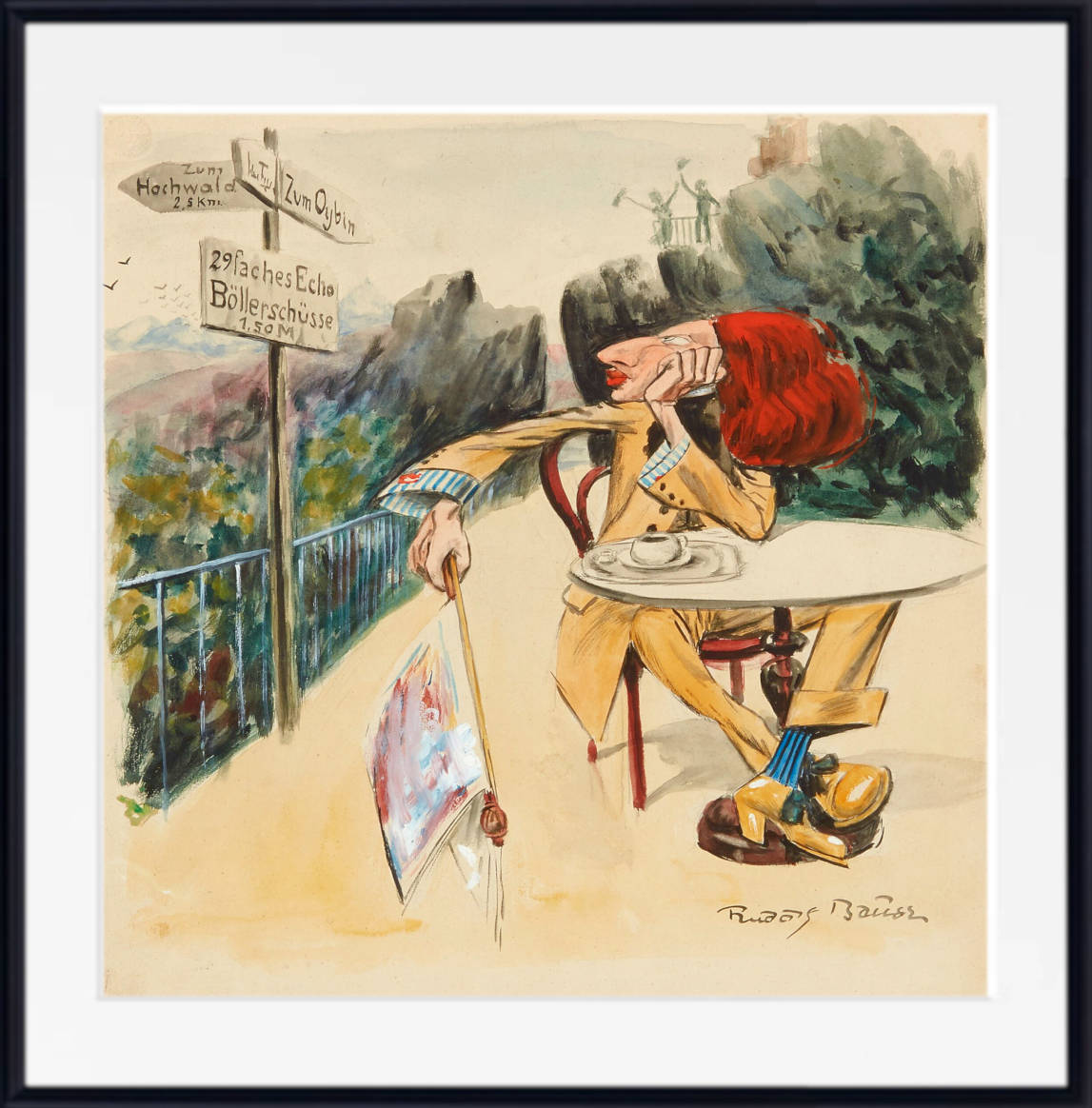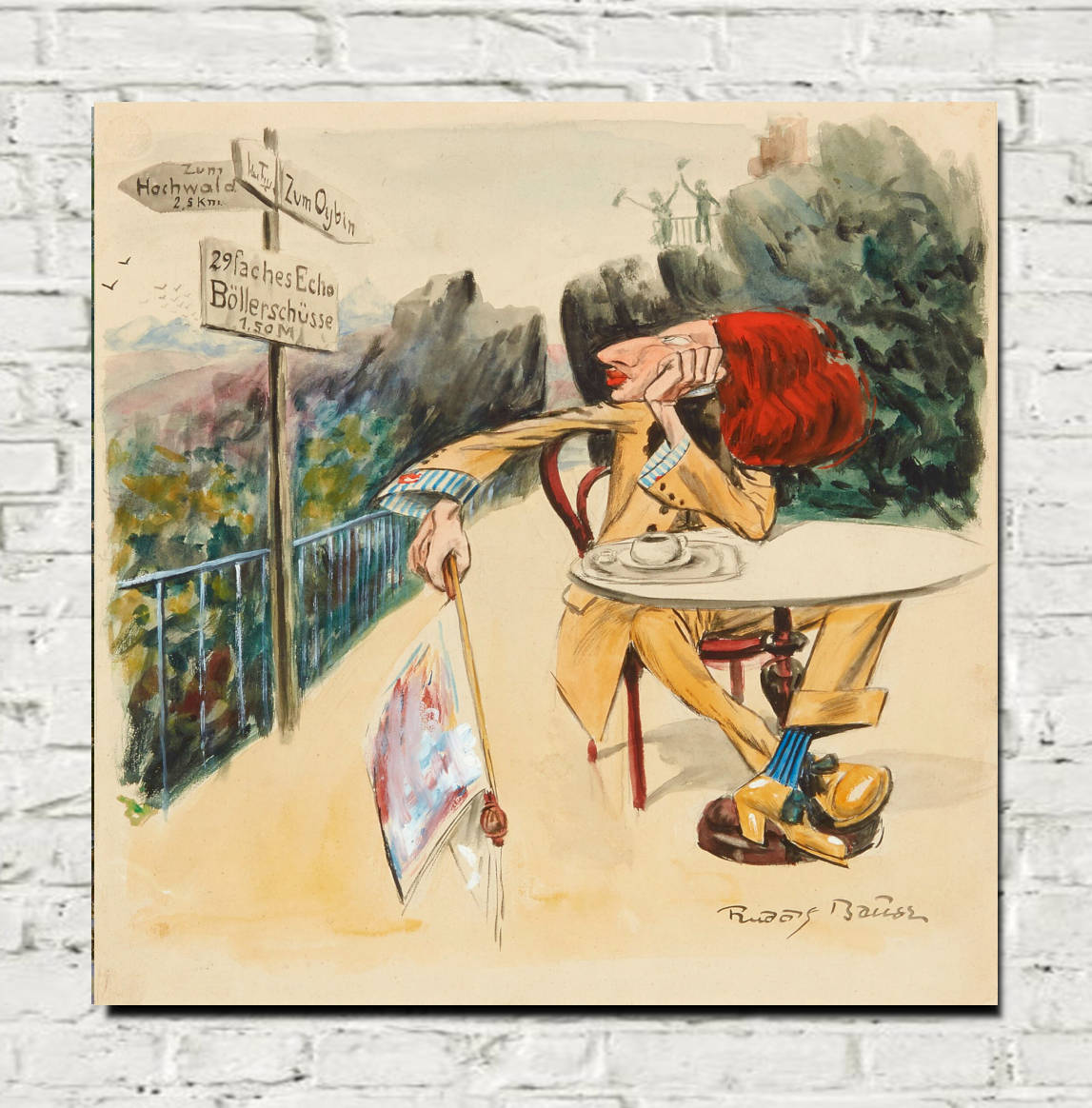Table of Contents:[hide]
Rudolf Bauer (1889–1953) was a pioneering German artist whose contributions to abstract art remain monumental yet often overlooked. A leading figure in early 20th-century modernism, Bauer's innovative approach to geometric abstraction challenged artistic conventions and influenced countless creators. His vibrant compositions, blending precise geometry with dynamic movement, reflected his belief in the spiritual power of art. However, Bauer’s life was fraught with personal and professional struggles, including political persecution and disputes with key patrons, which ultimately clouded his legacy.
Despite the challenges, Bauer’s artistic achievements resonate today as cornerstones of modern art. From his early explorations of Cubism and Expressionism to his fully developed abstract style, Bauer continually pushed the boundaries of visual expression, making him a significant figure in the evolution of abstraction.
A Journey Through Bauer's Artistic Legacy
Rudolf Bauer was born in Lindenwald, Germany, and showed early promise as an artist. He initially trained in Berlin, where he absorbed influences from various avant-garde movements, including Expressionism and Cubism. His early works, though more figurative, hinted at his eventual embrace of abstraction through their bold use of line and color.
Bauer's career took a transformative turn when he met Hilla Rebay, a fellow artist and lifelong supporter who introduced him to Solomon R. Guggenheim. Rebay and Guggenheim were ardent proponents of abstract art, and their patronage provided Bauer with both financial stability and a platform to showcase his innovative works. In 1939, Guggenheim opened the Museum of Non-Objective Painting in New York, a precursor to the Guggenheim Museum, with Bauer’s works prominently featured.
However, Bauer’s rising fame was interrupted by World War II. As a German artist with avant-garde tendencies, he faced scrutiny and imprisonment under the Nazi regime, which deemed abstract art "degenerate." Although he eventually immigrated to the United States, conflicts with Guggenheim over contracts and control of his work led to his withdrawal from the art world in his later years.
Famous Artworks by Rudolf Bauer
Bauer’s oeuvre is characterized by intricate compositions of geometric shapes, vibrant colors, and a rhythmic interplay of form and movement. Below, we delve into three of his most celebrated works.
1. Serioso (1923)
"Serioso" exemplifies Bauer’s early ventures into geometric abstraction. The painting’s restrained palette of blacks, whites, and muted tones conveys a sense of order and introspection. Intersecting circles and lines create a harmonious composition that seems to vibrate with energy despite its austere design.
This piece reflects Bauer's interest in the spiritual dimension of art, influenced by theosophical ideas that sought to connect the material and the metaphysical. "Serioso" is a testament to his ability to achieve complexity and depth through seemingly simple forms.
2. Andante (1923)
"Andante" demonstrates Bauer's fascination with the relationship between art and music. The term "andante," meaning a moderately slow musical tempo, mirrors the measured yet dynamic quality of this composition. Sweeping arcs and vibrant colors give the painting a sense of movement, as if it were a visual symphony.
The interplay of bold and subtle tones within "Andante" showcases Bauer’s ability to balance visual tension and harmony, making it one of his most evocative works. It highlights his transition from more subdued designs, like those seen in "Serioso," to a brighter, more energetic palette.
3. Green Square (1937)
"Green Square" represents Bauer’s mature style, characterized by a refined geometric minimalism. The central green square, surrounded by an intricate interplay of shapes and colors, acts as a focal point that anchors the composition. The painting’s simplicity belies its sophistication, with each element meticulously balanced to create an engaging visual dialogue.
This work reflects Bauer's confidence in using geometry as a tool for artistic expression. The boldness of the green square draws the viewer’s eye, while the surrounding shapes create a sense of motion and depth. "Green Square" captures the essence of Bauer’s philosophy: to evoke profound emotions through abstract forms.
Bauer’s Legacy
While Bauer’s influence on abstract art is undeniable, his reputation waned after his death in 1953. Disputes with Solomon R. Guggenheim and the rising prominence of other abstract artists, such as Wassily Kandinsky and Piet Mondrian, overshadowed Bauer’s contributions. Additionally, his decision to withdraw from public life in his later years limited his exposure.
In recent decades, however, there has been a resurgence of interest in Bauer’s works. Museums and art historians have revisited his role in shaping modern art, and exhibitions of his paintings have introduced new audiences to his genius. Today, Bauer’s works are celebrated for their innovative use of form and color, and they continue to inspire contemporary artists.
References
- Dreier, Katherine. Modern Art: A Journey into Abstraction. New York: Museum of Non-Objective Art, 1940.
- Rebay, Hilla. The Visionary Rudolf Bauer. Munich: Kunsthaus Archive, 1975.
- Werth, Arnold. "Rudolf Bauer and the Politics of Abstract Art." Art Historical Journal, vol. 12, no. 3, 2010, pp. 34-56.
- Guggenheim Museum. "Rudolf Bauer: Pioneer of Abstract Art."

